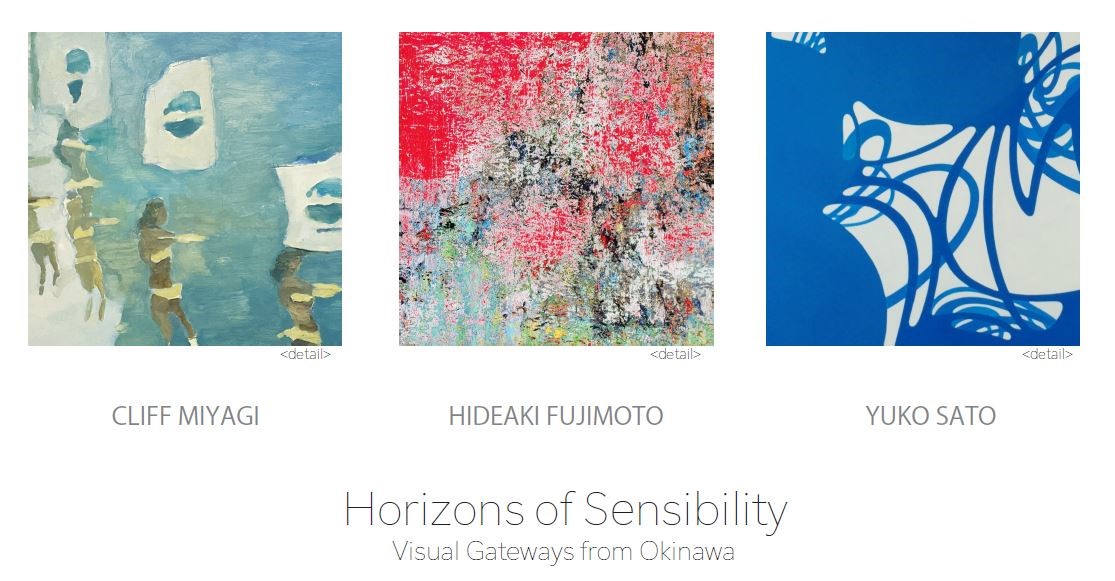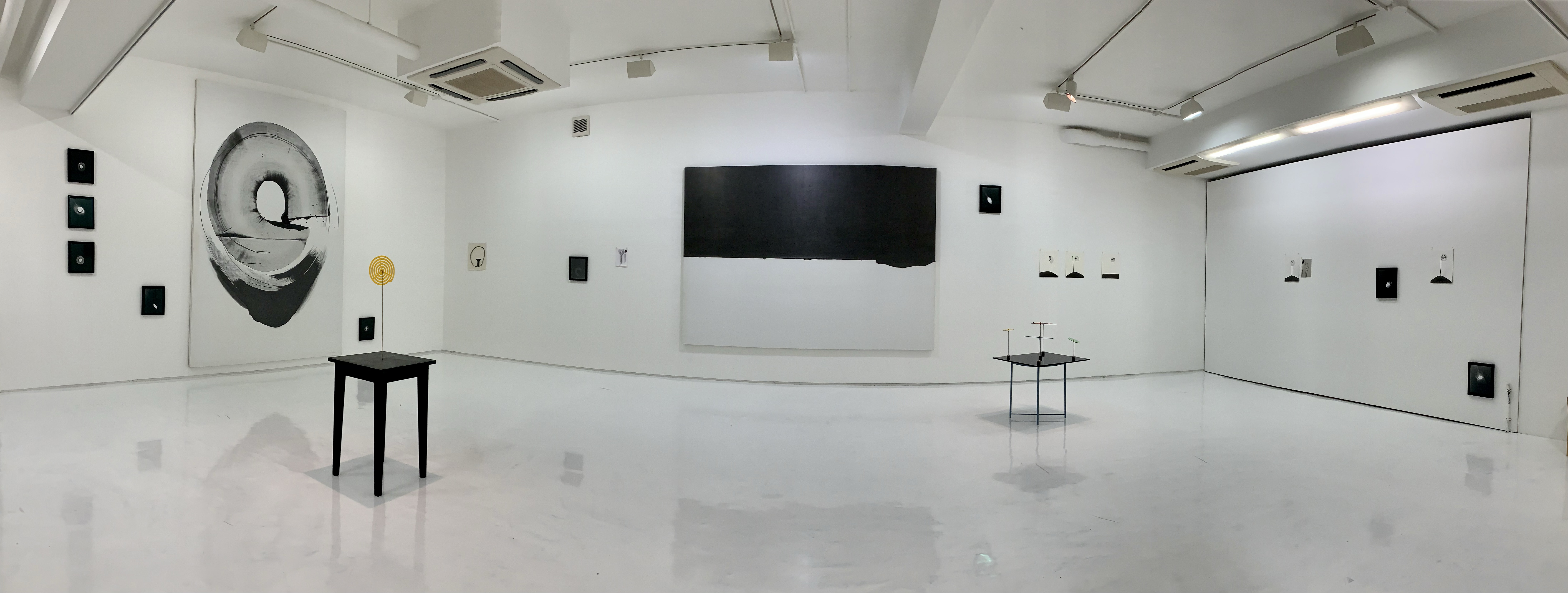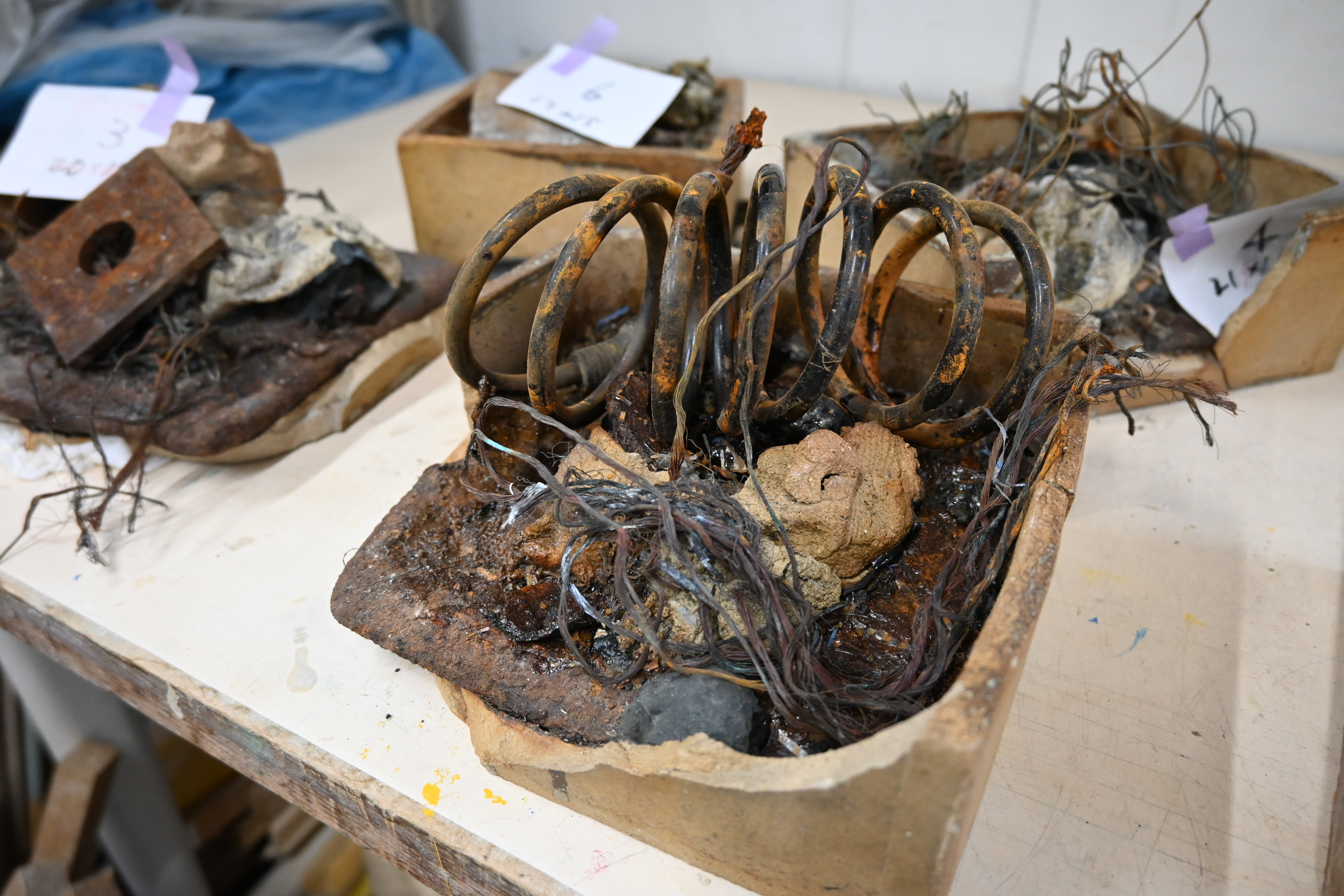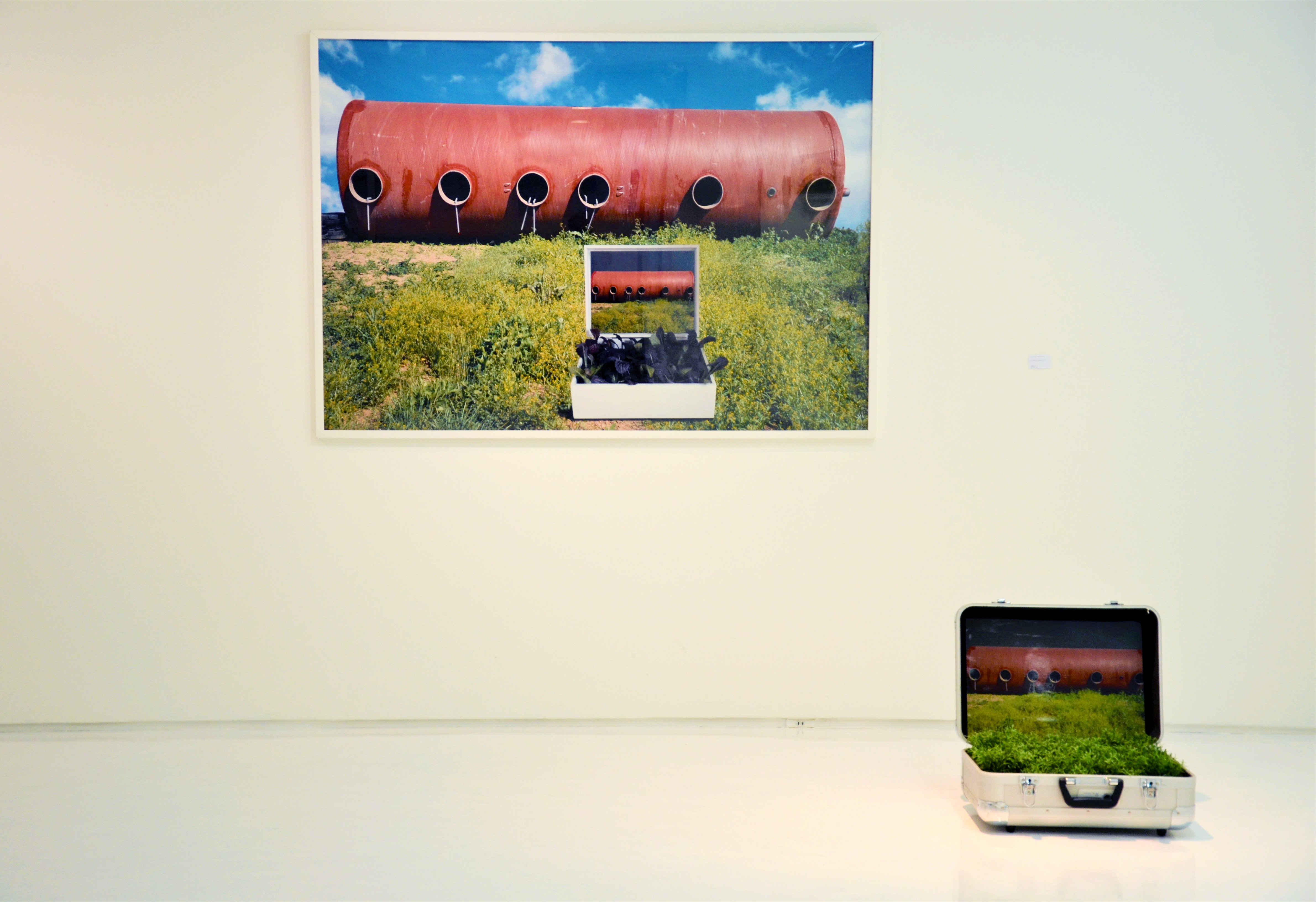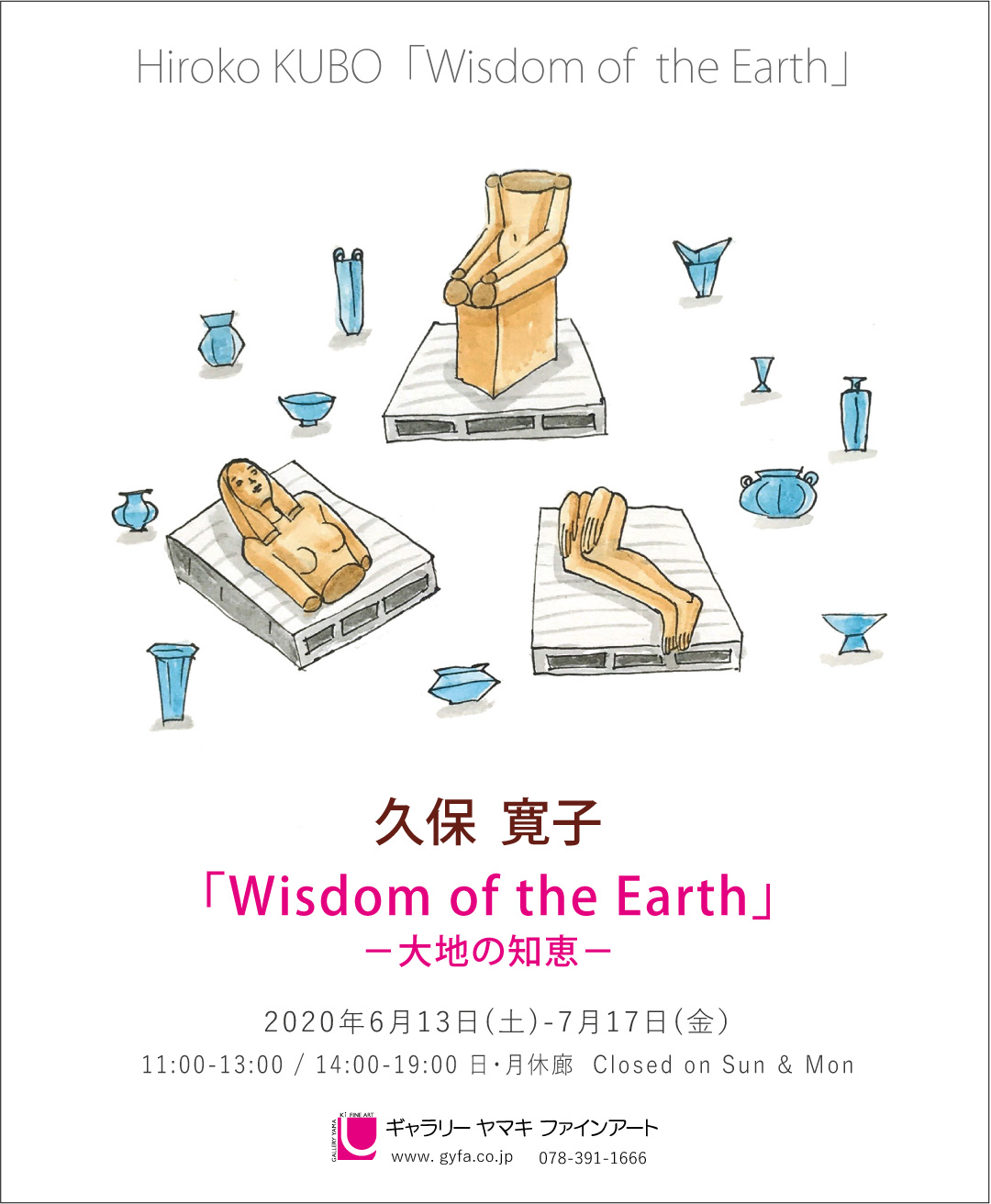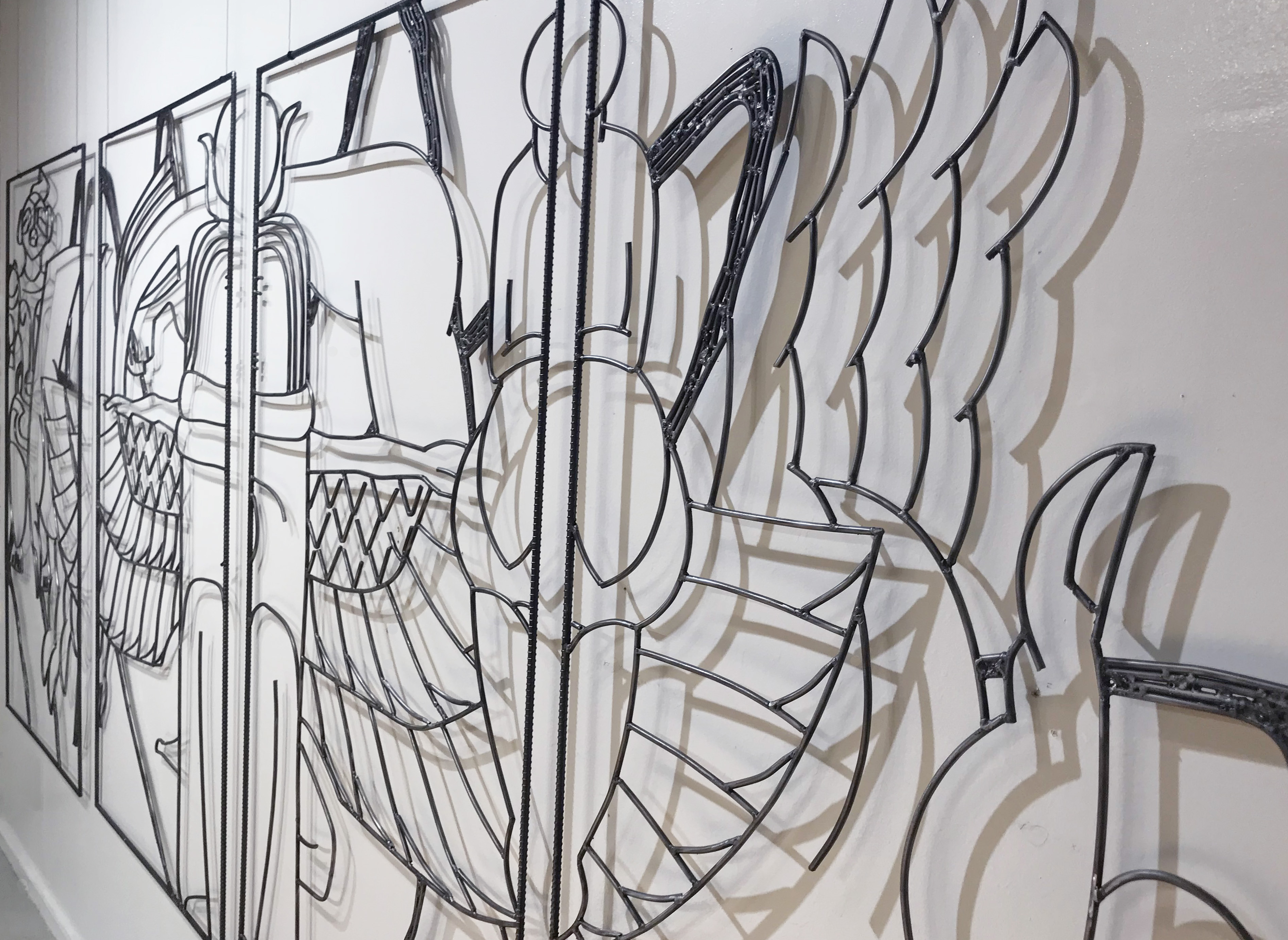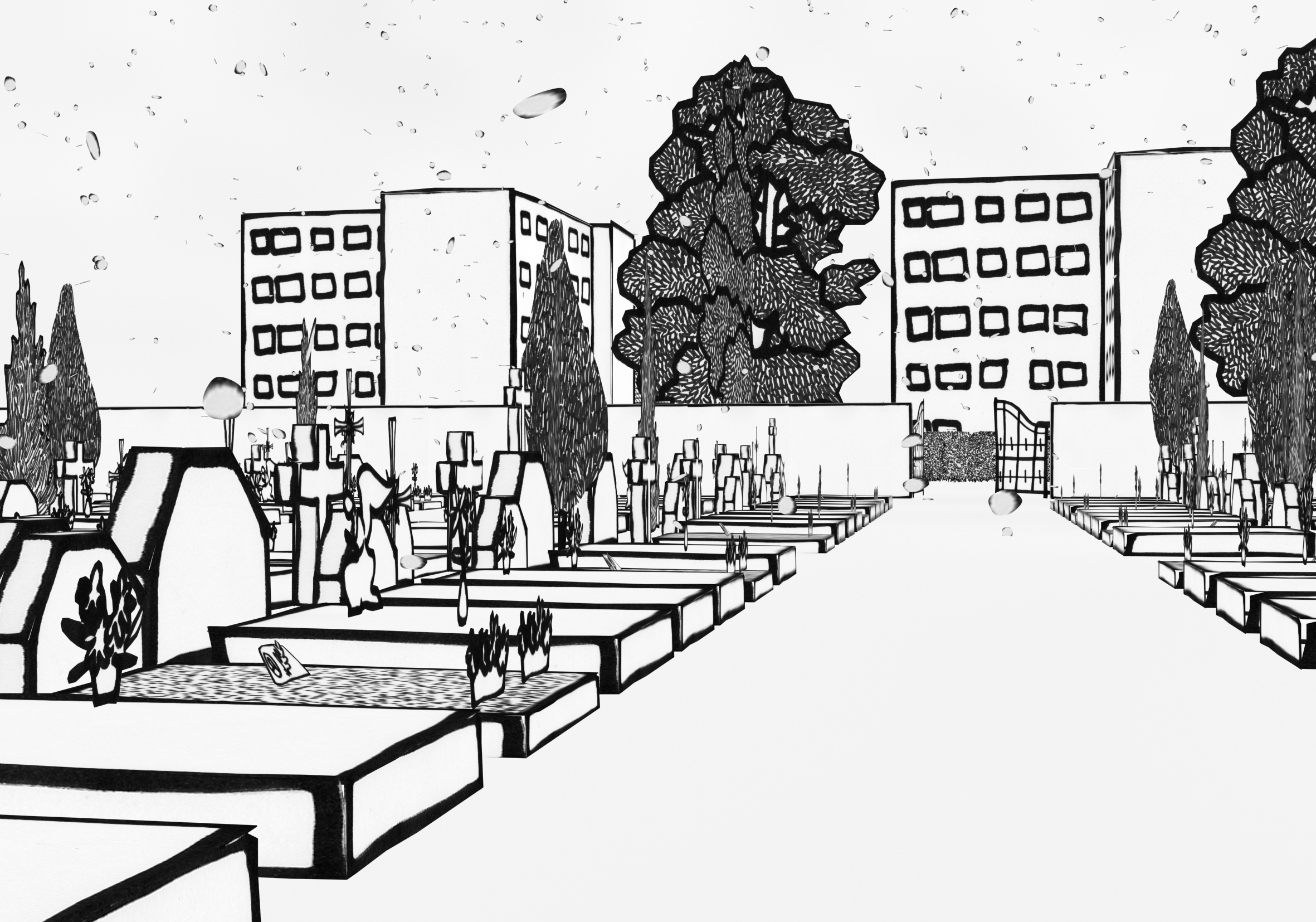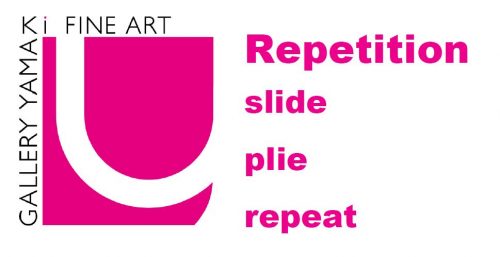EXHIBITION
Christmas Art Market
Christmas Art Market
A season of Gathered Gifts
Thursday, December 4, 2025 – Saturday, January 31, 2026
Gallery Yamaki Fine Art is delighted to present the “Christmas Art Market,”
taking place alongside”Horizons of Sensibility Visual Gateways from Okinawa.”
As the festive season brings moments of togertherness with family and friends,
we invite you to discover art that adds warmth and joy to these special days.
Experience the pleasure of choosing, giving, and displaying ―
and encounter works that speak gently to the heart.
Whether as a thoughtful giftor a little reward for yourself,
may you find a piece that brightens your home and your spirit.
<Exhibiting Artists>
Eri Morimoto, Asuka Nakayama, Seiichi Shibata, Kirico, Kumi Kishida, itu’
hiyomi circle (Saki Kiristuki, Yuka Doutou, Yukino Miyata, Marie Yoshiki)
Horizons of Sensibility Visual Gatewas from Okinawa
Thu. Dec 4, 2025 – Sat. Jan 31, 2026
Gallery Yamaki Fine Art is pleased to present Horizons of Sensibility — Visual Gateways from Okinawa, an exhibition featuring three painters — Hideaki Fujimoto, Yuko Sato, and Cliff Miyagi — each offering a distinctive artistic vision born from, or deeply rooted in, the land of Okinawa.
The title of the exhibition, “Horizon of Sensibility,” refers to the perceptual and emotional realm through which we experience and understand the world. It signifies a horizon that serves both as a boundary and a field of possibility, transcending rational thought and connecting with body, memory, and the inner layers of the heart as we engage with the world around us.
Okinawa is a land where the abundance of nature, shaped by light, wind, sea, and soil, coexists with the depth of its historical memory. For these artists, this multifaceted environment is not merely a landscape, but a vital site that awakens their sensibilities. This exhibition contemplates the moments when the land’s energy intersects with each artist’s interior world, revealing new “landscapes of sensibility” that emerge from within.
Participating Artists
Hideaki Fujimoto
Through a unique process of layering and sanding acrylic paint, Fujimoto depicts traces of memory and the passage of time. In his Layers of Color series, he moves beyond representation to explore color and texture as subjects in themselves. Capturing the subtle fluctuations of nature, such as the presence of light, wind, and water, Fujimoto’s paintings breathe as living forms — what he calls “the respiration of existence.”
Yuko Sato
Sato creates spatial, poetic paintings in which deep blues and translucent whites resonate with one another.
The white in her paintings is not an empty space but a field that breathes in dialogue with blue.
In recent small works using oil pastels, she evokes rhythmic movements akin to music, expressing the pulse of inner life.
Cliff Miyagi
While employing “Okinawa” as his theme, Miyagi transcends fixed or stereotypical images to describe the landscapes hidden within everyday life.
Rather than relying on nostalgia or touristic motifs, he portrays the “Okinawa of the present,” where the land and memory intermingle, constructing a unique visual world in which the place’s history echoes with the viewer’s perception.
Each of the three artists sensibly visualizes the relationships among place, body, and time through their own modes of interpretation. Their diverse practices extend beyond the specific context of Okinawa to represent a universal “horizon of sensibility.”
The subtitle “Visual Gateways from Okinawa” points to moments in which viewers can awaken their own senses and thoughts through encounters with the works. Even for those with no direct connection to Okinawa, the artists’ visual language becomes a mirror reflecting each viewer’s own inner sensibilities, opening a gateway through which the world can be perceived anew.
This exhibition offers more than a view of a specific region or context; it invites everyone to expand their own horizon of sensibility and take a first step toward the unknown. Beyond the gateway opened from Okinawa lies a rich landscape of perception, where individual and world, nature and memory, interior and exterior intersect in a tapestry of sensibility.

